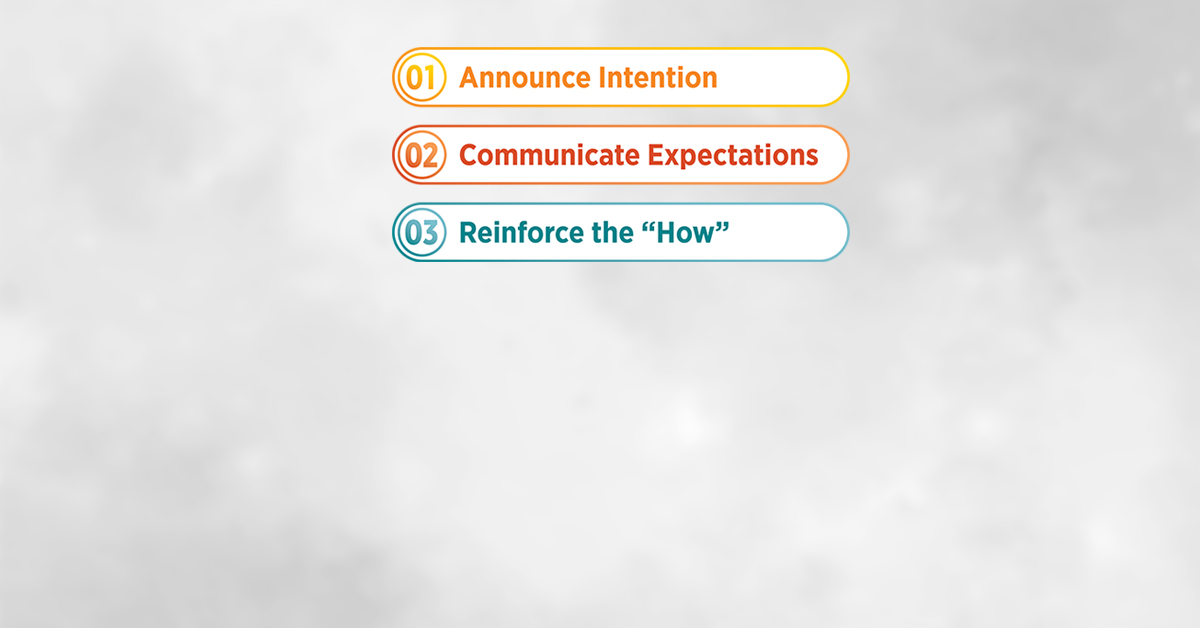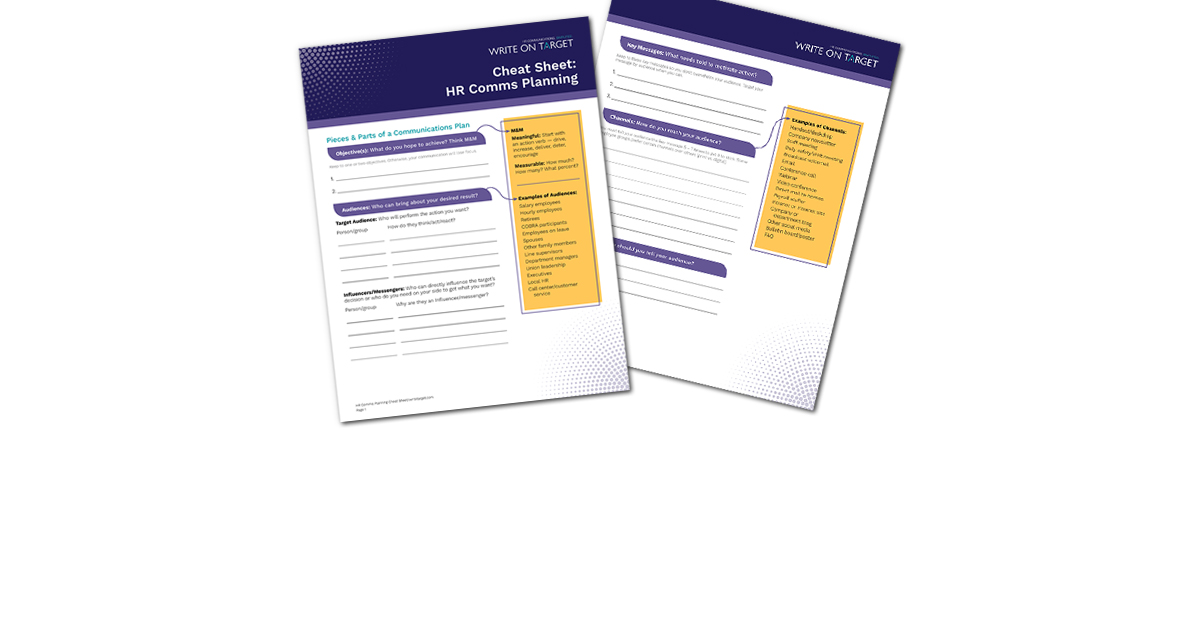This is the final post in our “Communicate with Purpose” series, with fixes for the five most common mistakes in HR communications. The previous four posts can be found by searching our website for “Communicate with Purpose.”
Local HR reps are valuable resources, as are local managers and employees in general. They serve as both channels and advocates for HR communications.
But they’re busy with daily employee concerns in the plant, restaurant, or store. It’s a stretch to assume they have time today to hand out the flyers you sent earlier in the week, or remember to hang up new posters in the breakroom.
You can fix that mistake. With a little planning, those area allies can really help boost your communication tools in the workplace.
Help Them by Managing the Message at Every Level
To ensure your message is consistent as it reaches across (and down through) the company, use the cascading method. So you control communications as they flow down the line.
Start at the top. Communicate with executives, and then provide them talking points or a handout for their senior executives (so they hear the messaging you created). In the same way, you provide senior executives with the communications to pass on to their regional managers, and so on…until your mass communications can begin.
We get it…it can be very hard to get local support for HR. Point them to this article that shows engaged employees result in 37% less absenteeism, 48% fewer safety incidents, and a 200% higher operational success rate.
Turn Year-Round Communications into Quarterly Tool Kits
Rather than sending communications to local leaders one-by-one as the time comes for distribution, create quarterly tool kits. Busy folks in the field will appreciate a timely, organized packet of HR materials that comes complete with a schedule for distribution.
Check out this advice on how you can craft and control messaging to help executives, senior managers, and local managers communicate to their direct reports. Plus, you can download a helpful template.
For example, if you’re sending a Q1 tool kit to an HR manager or employee advocate on the frontline, you’d send a packet (either in print or electronically) mid-December with:
- The communication pieces, organized by month (posters, flyers, monitor displays, talking points, etc.).
- A schedule with detailed instructions (e.g., Jan 4 – hang poster and load monitor display; Jan 5 – hand out flyers and set up table tents; Jan 8 – discuss topic in safety huddle).
Then for the next three quarters, stay consistent and send each packet in advance. After a while, it becomes routine…and local leaders will start to see the benefits of helping workers stay informed and engaged.
ICYMI: Fix #4: Create HR Communications That Welcome & Include Everyone
To learn more about how to reach non-desk employees, and how to fix the most common HR communications mistakes, download our ebook, Communicate with Purpose.
Download our ebook, Communicate with Purpose
Keep up with us on LinkedIn for more tips on HR communications.



